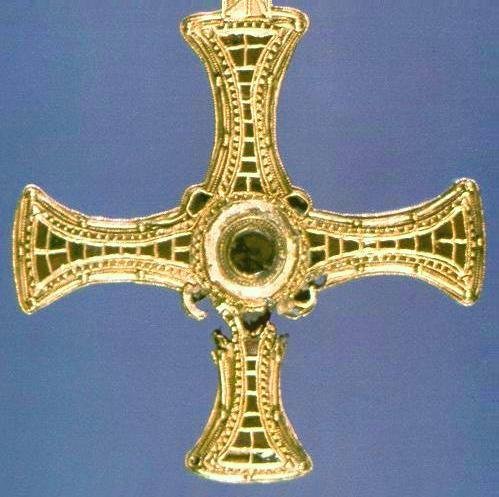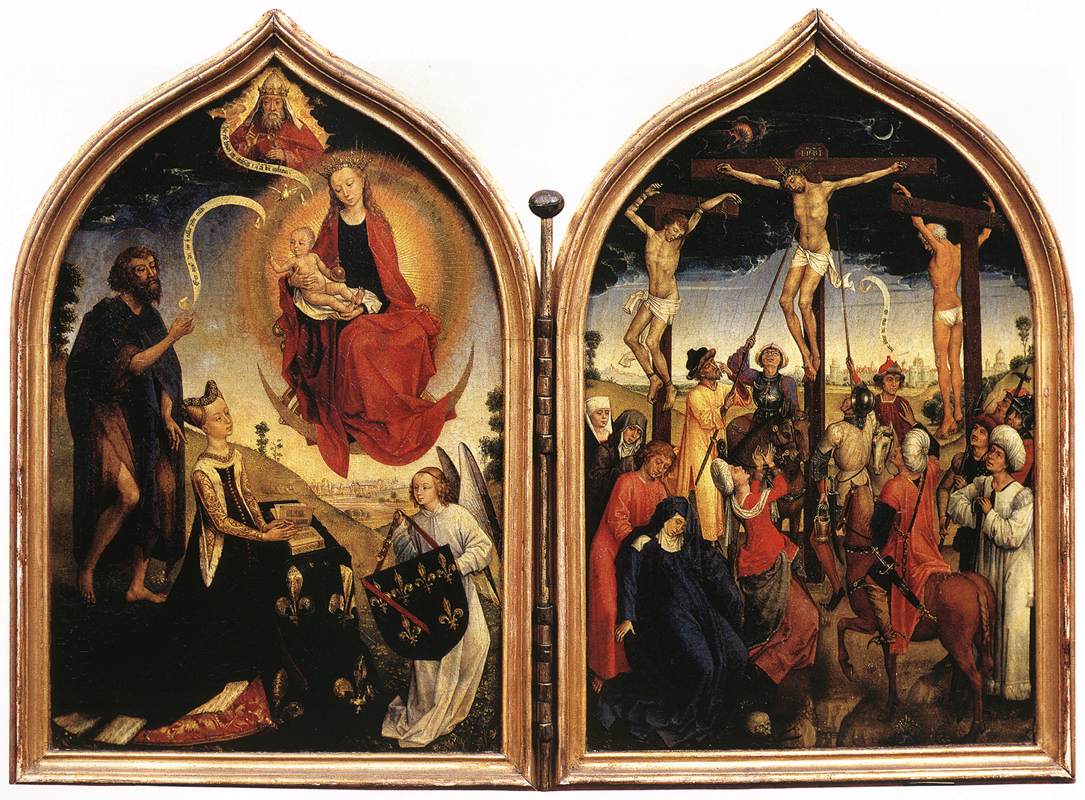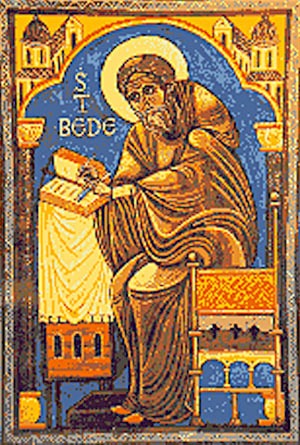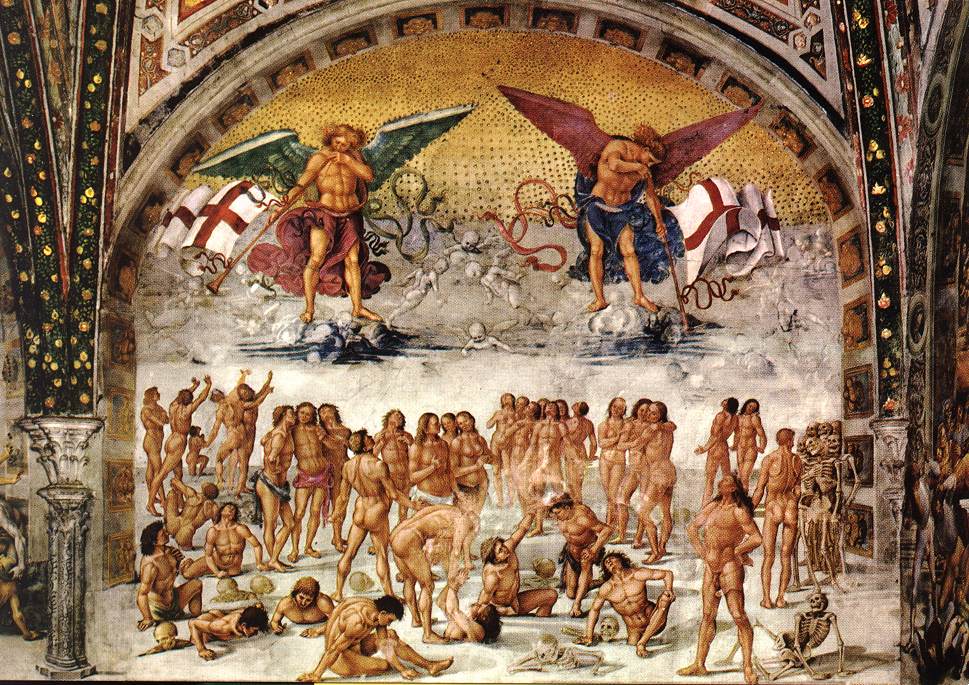Saint Cuthbert was an Anglo-Saxon monk who was believed to be born in Melrose in 635 A.D. In 684 A.D. he  was consecrated as bishop at York of the monasteries of Melrose and Lindisfarne, in the Kingdom of Northumbria. Cuthbert had become bishop shortly after the Catholic conversion of the main Saxon Kingdoms in England who had converted to Christianity in the year 666 A.D by Frithwold (Erkenwald), bishop of London. Cuthbert’s territory had comprised of the areas of northern England, as well as south-eastern Scotland as far as the Firth of Forth.
was consecrated as bishop at York of the monasteries of Melrose and Lindisfarne, in the Kingdom of Northumbria. Cuthbert had become bishop shortly after the Catholic conversion of the main Saxon Kingdoms in England who had converted to Christianity in the year 666 A.D by Frithwold (Erkenwald), bishop of London. Cuthbert’s territory had comprised of the areas of northern England, as well as south-eastern Scotland as far as the Firth of Forth.
According to Saint Bede, Cuthbert died on 20 March 687 AD and was buried at Lindisfarne. His feast day is 20 March and he is regarded as the patron saint of northern England, a protector of “his people.” Cuthbert’s remains later were transferred to Durham Cathedral. After his death there was a cult centered around the veneration of Cuthbert at Durham. Today it is called “St Cuthbert’s Society;” a college of Durham University who celebrates “St Cuthbert’s Day or “Cuth’s Day” on or around each March 20th, along with a feast celebrated around the time of Easter with food, entertainment, festivities and drinking.
The body of Cuthbert lies in a coffin at Durham along with the head of King Oswald; his arm was kept in a silver case at Bambrough. In 1827 Cuthbert’s remains were examined and a small golden cross patee was found on his chest set with garnets. The cross is beautifully decorated and some have said it was actually the “Seal of Cuthbert.”
It is perfectly described in the book, “The history and antiquities of the county palatine of Durham, Volume 1 by William Fordyce;
A cross of pure gold, as has been ascertained by investigation, found upon the breast-bone of the skeleton, slung from its neck by a cord of silk and gold thread running through a bright loop of. the latter material, and set with fifty-three stones, apparently garnets. The cross, with the stones, weighs fifteen dwts. twelve grs.

Moe is the founder of GnosticWarrior.com. He is a father, husband, author, martial arts black belt, and an expert in Gnosticism, the occult, and esotericism.

![How Ethelwald, successor to Cuthbert, leading a hermit’s life, calmed a tempest by his prayers when the brethren were in danger at sea [687-699 A.D.] | Book 5 | Chapter 1 How Ethelwald, successor to Cuthbert, leading a hermit’s life, calmed a tempest by his prayers when the brethren were in danger at sea [687-699 A.D.] | Book 5 | Chapter 1](https://www.gnosticwarrior.com/wp-content/plugins/contextual-related-posts/default.png)



